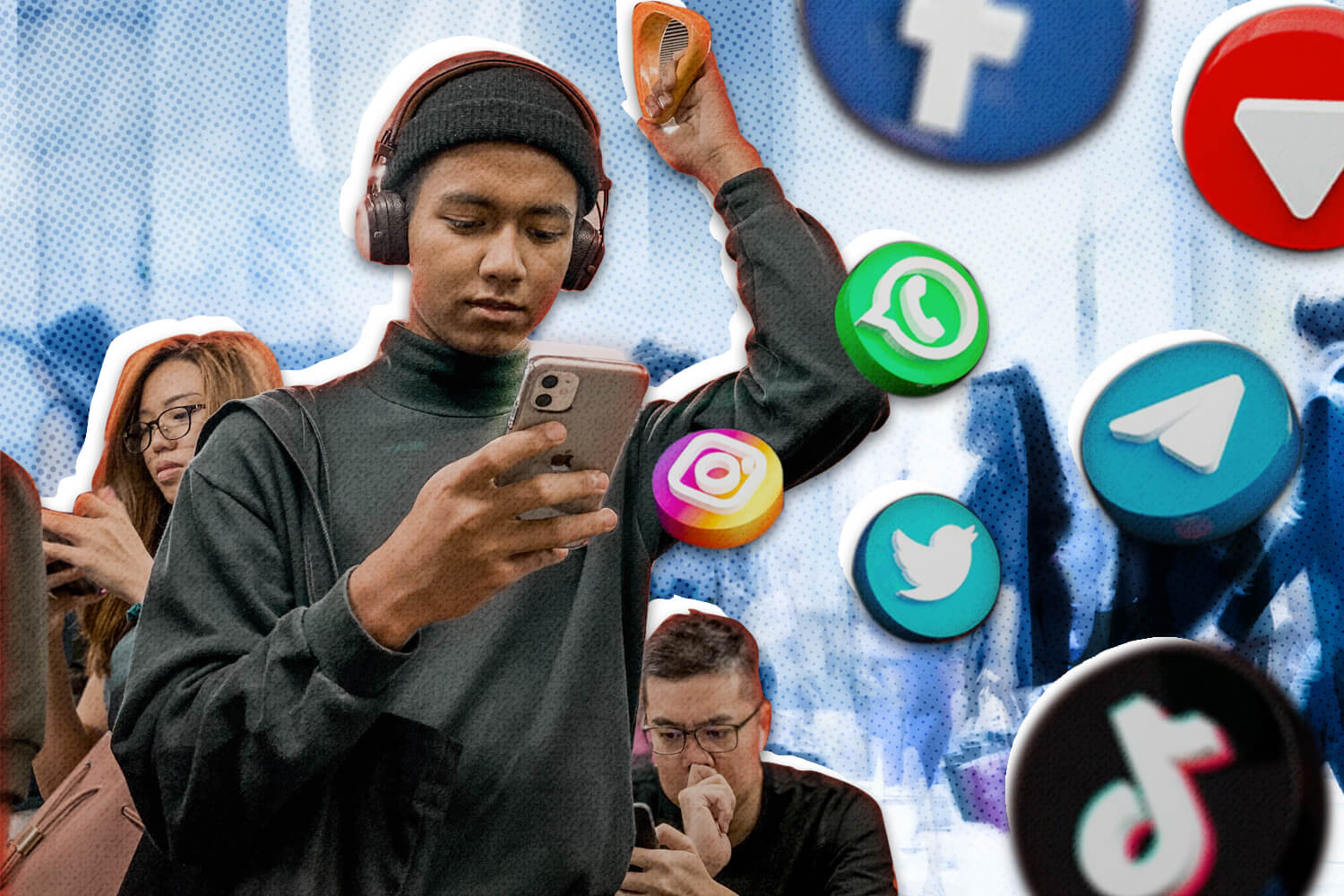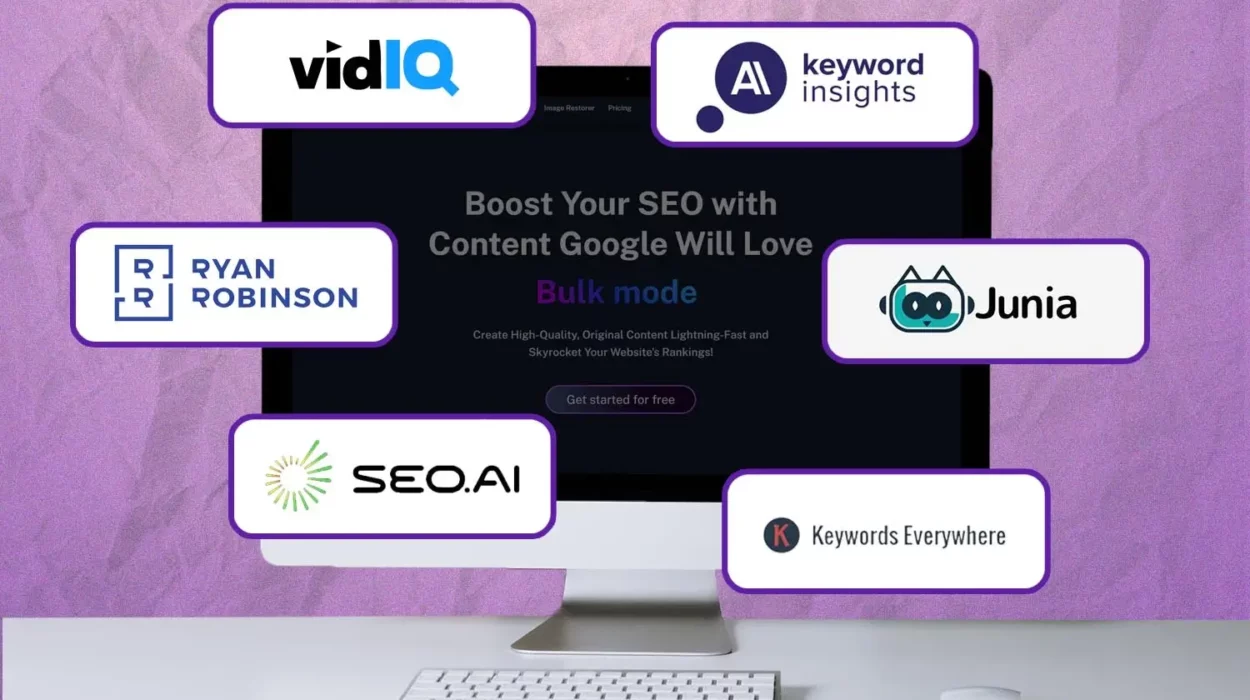Media platforms have served as safe spaces for people who’ve faced the brunt force of the pandemic and its accompanying lockdowns, looking for anything worth listening to, reading, and watching. Because everything is so readily available, people can easily choose what content they’re consuming and swipe to the next thing if they’re not entertained.
This is the age of doomscrolling, where people mindlessly scroll through their feeds looking for something–anything–that will pique their interest. People have become so used to consuming content in bite-sized pieces that anything else feels like a chore.
Users flock to media platforms where short-form is king–like Twitter’s 280-character limit, Reddit’s non-committal threads, and TikTok’s 60-second video length limit. Other media platforms have become wise to the trend, and have already adapted features that promote bite-sized content, like Instagram’s 90-second reel length limit and 15-second story length limit.
And although these content pieces come in small bits and pieces, these can influence how humans process information at large.
Coping while scrolling
While the term ‘doomscrolling’ seemed to enter people’s vocabularies only during the pandemic, the concept of this human behavior is not at all new.
It’s a reasonable response, especially when everything else doesn’t make any sense.
But oftentimes people’s attention spans get the best of them—scrolling way past the intention of obtaining helpful information. McKay suggests that doomscrolling is an evolved coping mechanism, which allows users to manage negative life events in accessible ways.
Think about it: when you’re put in a stressful situation, you have to be on high alert. When the situation becomes out of control, doomscrolling can help users feel as if they are gathering worthwhile information and developing life-saving strategies just with their fingertips. It doesn’t matter how bad the news is.
The pandemic has only magnified the human need for information, and yet somehow also reduced people’s attention spans. How can both be true?
Well, it’s not about the quality of information, but the quantity.
One of those ‘less is more’ moments
Doomscrolling describes humans’ constant need to stay up-to-date. Users quickly jump down the ‘I must know more’ rabbit hole, to the point that they are more concerned with the volume of information they consume rather than its credibility.
Instead of fewer, hefty and well-researched content pieces, users expect more and more content that is shorter and denser. This may appease people’s need for recency, but it comes at the cost of quality information.
There’s more or less no quality control on short-form content that goes viral.
At this rate, it’s not just about enjoying content that’s short, fun, and ‘seemingly harmless’. Social media platforms have practically given content creators the freedom to promote anything provided that it’s snappy and people click on them.
So then you’re left with thousands of users who are overloaded with so much information which may not even be true or accurate.
‘Will we be goldfish forever?’ We don’t have to be
In the never-ending search for information, the global attention span has taken a massive hit. Oh, the irony.
As tempting as it is to blame it all on technology, most people are aware that users have a lot of agency in the matter.
So quitting technology is a big ask, but there are certainly ways to combat attention span deterioration. And the first step is–as always–acceptance. Accept that we cannot and will not know everything.
The earlier we recognize that, the sooner we’ll have better attention spans than goldfish again.



